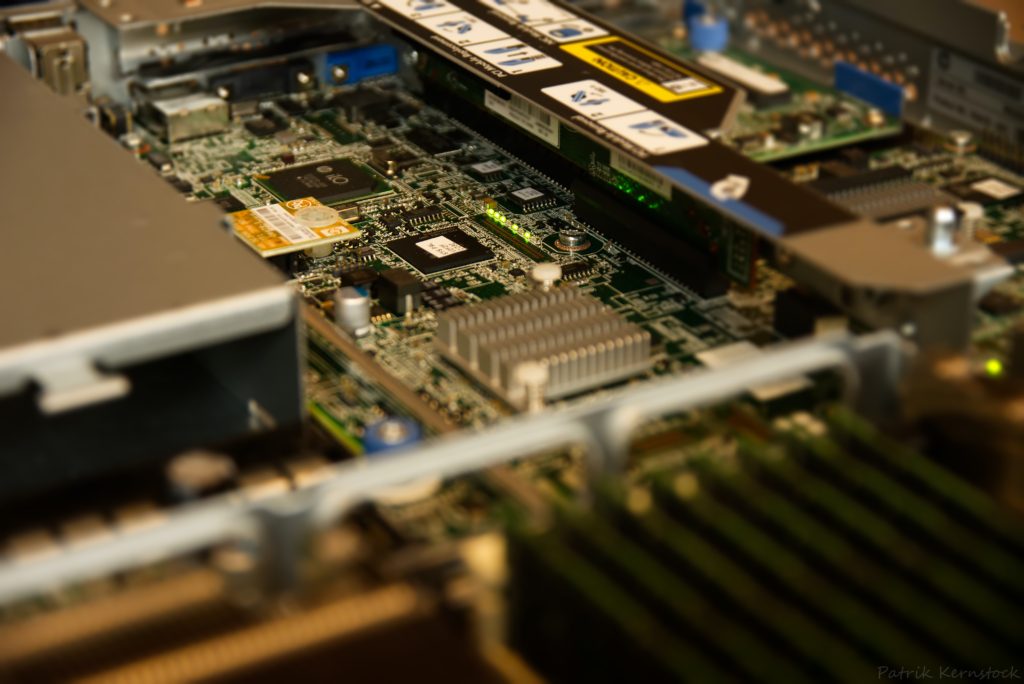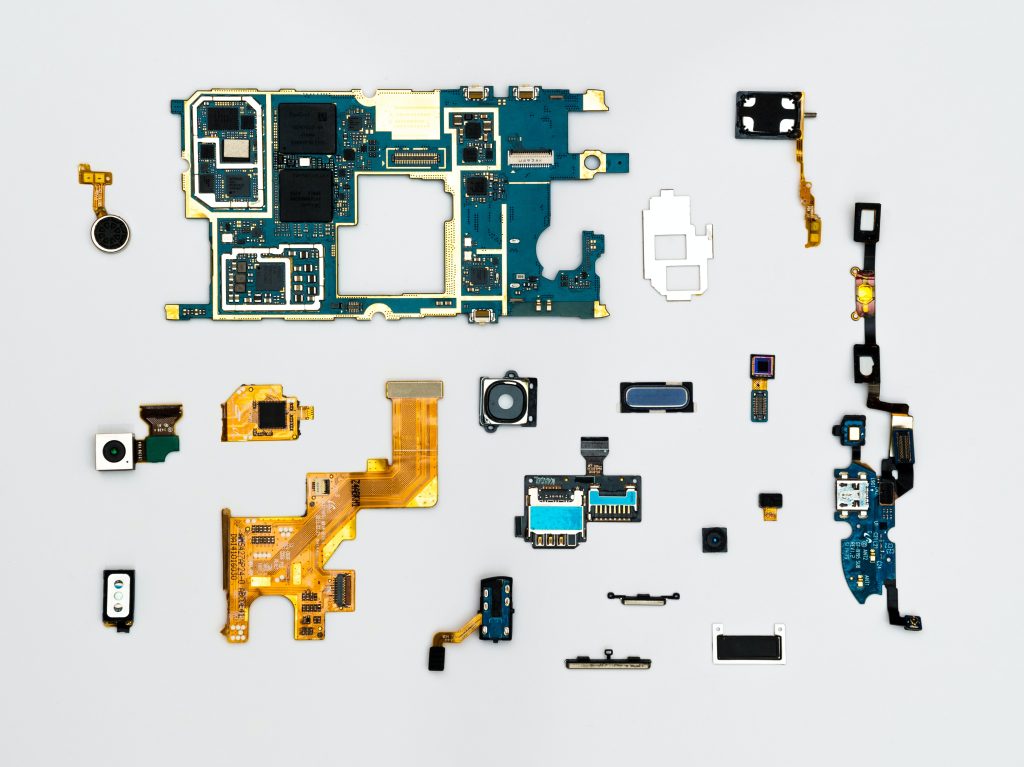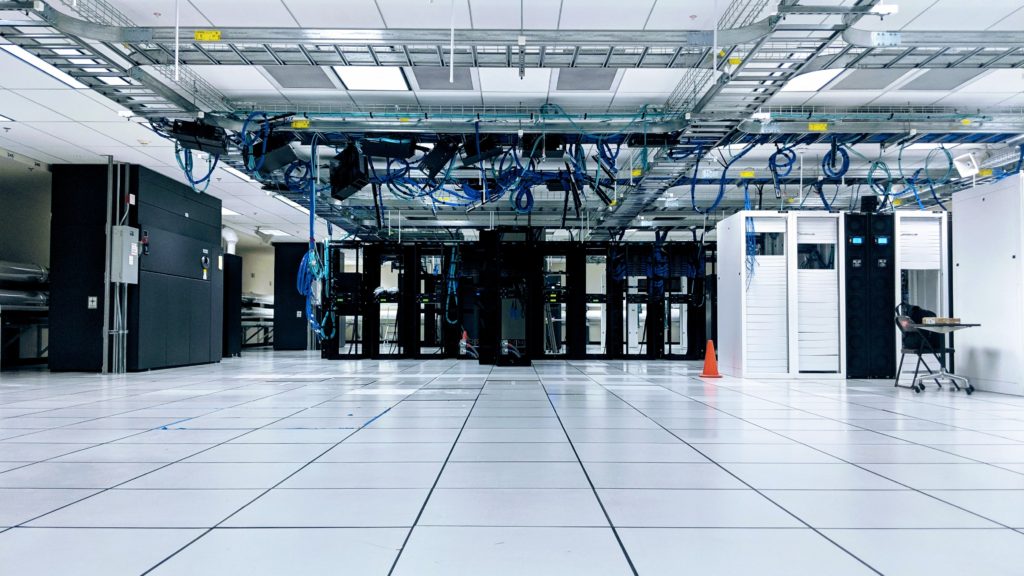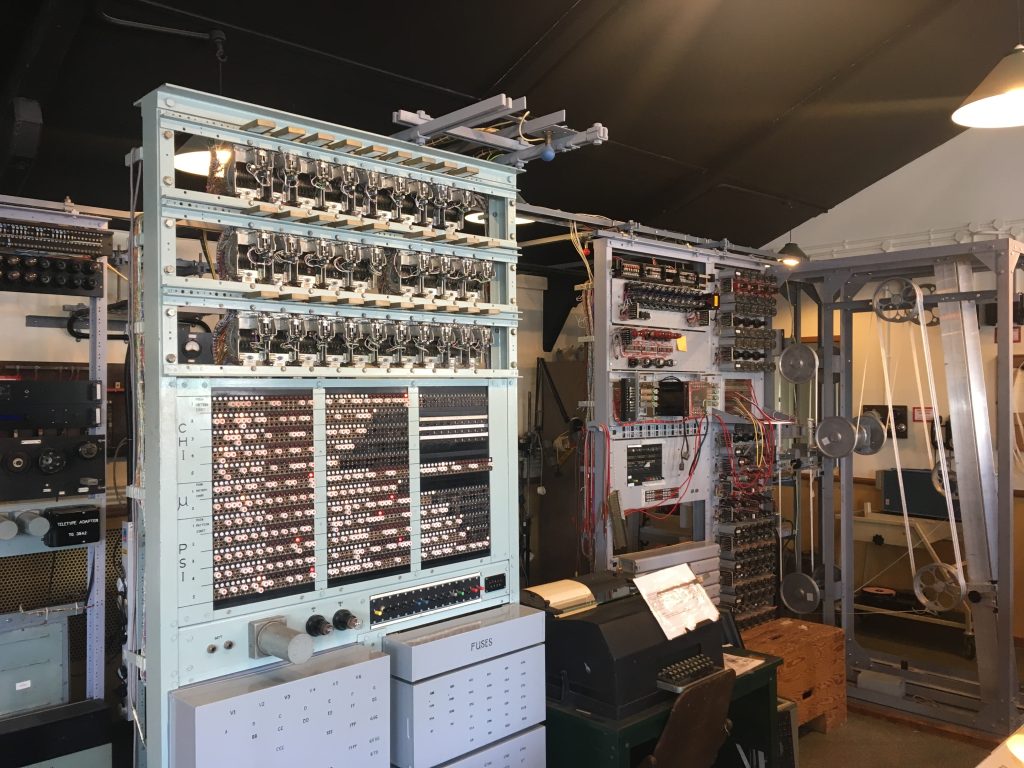Photo by Patrik Kernstock on Unsplash
THE ROLE OF OSFAB
In the majority of the industry, outsourcing enables a way to operate efficiently. The efficiency is achieved both from a technical and business point of view.
In the software industry, outsourcing is primarily focused on providing the right tools and services required to drive internal day-to-day operational activities efficiently. This allows the customer (companies) to instead focus on their core business. The same outsourcing strategies are applicable in the hardware industry, in some cases more than it is in the software industry.
The core business of the semiconductor chip design companies is to come up with designs that allow them to create products for their niche market. In many cases, semiconductor companies often have to compete with others to win the business. To drive winning strategies, no matter what, the semiconductor companies have to focus on the manufacturing process. Without manufacturing and delivering samples on time, there is no way to win the market. This is why companies without in-house semiconductor fabrication facilities (FAB-LESS) have to heavily rely on OSFAB.
Outsourced Semiconductor Fabrication (OSFAB) is not new to the semiconductor industry. Companies like TSMC, Samsung, and alike have been providing OSFAB services to the semiconductor industry for a long time. In doing so, these companies have created a niche market for themselves. And, over the years as the OSFAB business has grown, they have also added the required capacity. Another advantage OSFAB provides to FAB-LESS companies is the option to choose from a large pool of technology-node and industrial flow options. This allows FAB-LESS (and in some cases also to IDMs) a way to optimize and allocate products to different OSFAB.
Even though OSFAB has been critical to the semiconductor industry, there seems to have a growing reliance on specific OSFAB companies. If the trend continues, then there will not only be a shortage of OSFAB (due to growing semiconductors in different products) but the dependency might harm the semiconductor companies without any internal FAB capacity.
Recently, Intel announced IFS (Intel Foundry Services), which will open up Intel’s FAB capacity to the outside world. This is a welcome change in many aspects. Foremost, it will put pressure on companies that have dominated the OSFAB arena. It will also drive new manufacturing solutions (devices, FETs, AI-driven automated processes, etc.) that will eventually help the semiconductor industry.
Intel’s years of design and manufacturing experience will also have an impact on the cost and capacity strategies that many of the FAB-LESS often have to focus on.
Cost: The top FAB-LESS companies are well capable of spending and building internal FAB capacity. However, they do not do so due to the added CapEx and operating cost. With Intel joining the OSFAB business along with TSMC, Samsung, and others, the ability to optimize cost will only increase. This cost can be from taking advantage of Intel’s process node that is different (and maybe in some cases better) than its rivals but is low on cost. FAB-LESS companies can also deploy strategies to prioritize products based on the time-to-market and thus evaluating non-critical products at the new OSFAB to capture how much cost optimization can be achieved.
Capacity: The worldwide OSFAB capacity increase due to Intel Foundry Services will provide FAB-LESS with options to choose from and thus will allow them to allocate products to different OSFABs. This will take away the pressure of planning years in advance and also ensuring that there is no dependency on specific OSFAB. On top of all this, newly added capacity also provides companies with an option to choose the OSFAB that is more supply chain friendly.
OSFAB business is going to heat up more in the coming years. In the next couple of years, TSMC, Samsung, Intel, and others will be competing against each other and this will only allow FAB-LESS companies to leverage the best semiconductor manufacturing solution in the market.


THE IMPACT OF OSFAB
Irrespective of how Intel’s new Foundry Services shapes up the semiconductor industry, there is certainly a positive impact of OSFAB. Since the OSFAB business is primarily focused on providing cutting-edge solutions to the semiconductor design houses, the internal research and development activities end up providing nice solutions to the market.
OSFAB without having to focus on the design aspect of any product they manufacture, end up spending a lot of time and money in perfecting the manufacturing process. This eventually pushes the industry towards next-gen products that are more efficient and at the same time powerful enough to meet the target application needs.
To summarize, there are four major aspects (mix of technical and business) that OSFAB drive:
Competition: The more OSFAB options are there in the market the better it is more the end-customer i.e. FAB-LESS. FAB-LESS companies get an edge to choose from different capacity that is available in the market. From the OSFAB point of view, it is a good scenario too as it pushes competition and it ends up driving new products (FETs/devices) that can be vital in attracting a new customer base. If there is no competition and the only couple of big players have all the OSFAB capacity, then the pace of innovation will slow down. This is why Intel’s decision to open up its FAB is going to not only add pressure on the OSFAB business but will also push OSFAB towards newer FET devices.
Quality: OSFAB focuses primarily on the manufacturing aspect of the semiconductor. Doing so allows them to deploy strategies and solutions that ensure defect-free products. In a semiconductor, where the room for error is next to none, maintain high quality is the topmost criteria. The quality control can come from an error-free fabrication pipeline or by deploying equipment/tools that capture defects early in the fabrication line. OSFAB has played a critical role in enabling such a solution.
Option: Having OSFAB also provides options to FAB-LESS companies to mix and match the FAB with different OSAT. This allows them to diversify key products from a supply chain point of view. Depending on specific FAB/OSAT can have a negative impact. With growing OSFAB capacity, it is becoming a more business-friendly option for FAB-LESS companies, as it will allow them to plan products and in many cases execute them in parallel instead of waiting for capacity to open up.
Efficiency: Having more OSFAB options (along with new capacity added by TSMC, Intel, and even Bosch in automotive) ensures there is never a shortage of FAB to choose from. If OSFAB X is fully occupied then the FAB-LESS can certainly take advantage of OSFAB Y. In many cases, going for newer OSFAB can bring better (and future capacity) options. This frees FAB-LESS companies from planning and securing capacity and instead puts energy on how to execute products for the market.
Both OSFAB and OSAT play a crucial role in bringing design to life. Eventually, adding more capacity is only going to drive the competition and also provide FAB-LESS with more options. It is also a vital time for countries without OSFAB to start building one today (at least for internal consumption).
Hopefully, Intel’s new announcement is only going to have a positive impact and will push the semiconductor industry towards newer semiconductor manufacturing solutions.


















